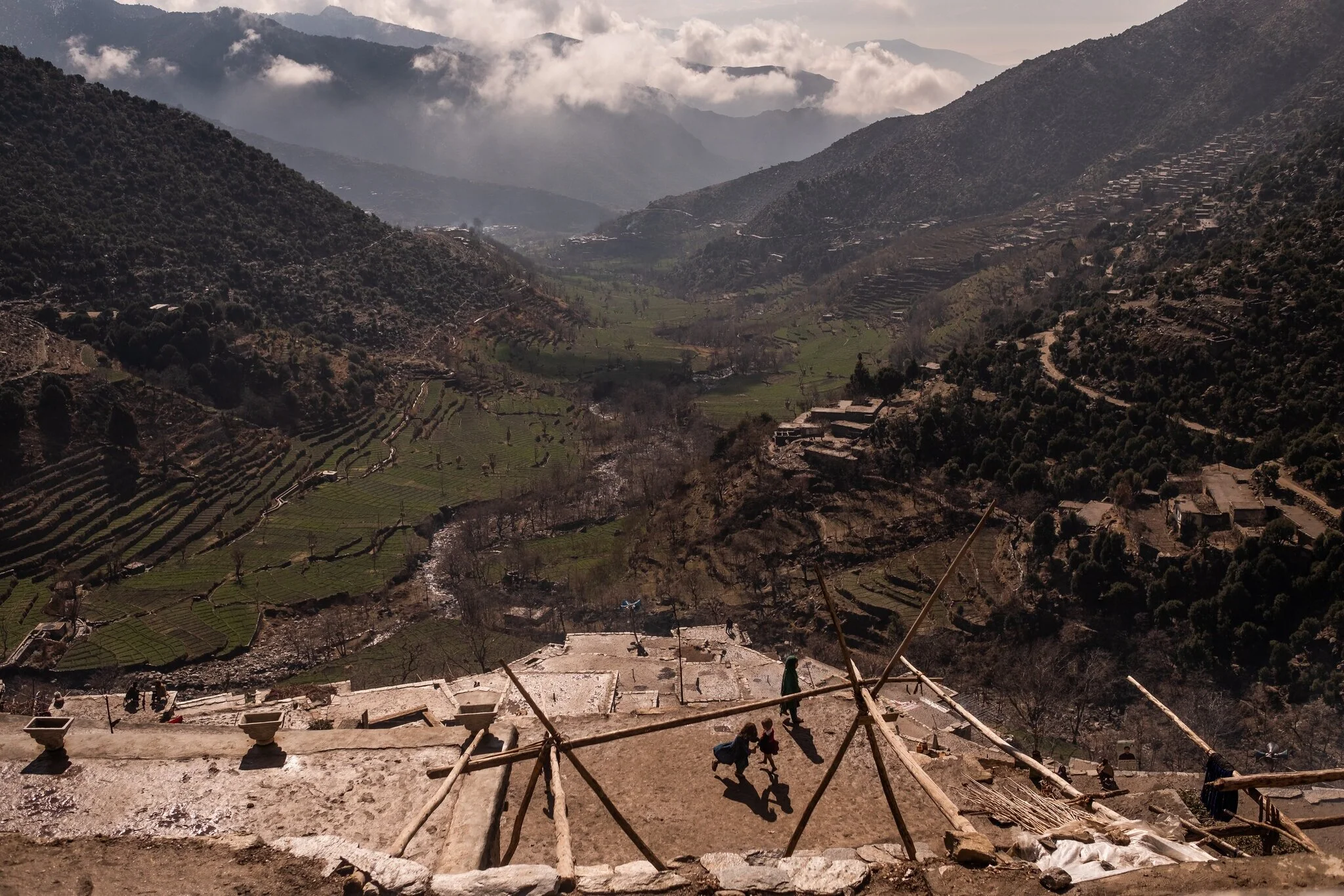US launches 'over-the-horizon' airstrike in Afghanistan — ISIS-K planner reportedly killed
U.S. military officials say they have killed two people involved in planning and carrying out the suicide bombing attack at Kabul’s airport in a retaliatory airstrike carried out in a mountainous region of Afghanistan.
The reprisal attack, which officials said wounded another, came as the clock was winding down before President Biden’s Aug. 31 deadline for withdrawing U.S. troops from Afghanistan, bringing a tumultuous end to a 20-year war. The Pentagon updated information on the retaliatory strike on Saturday, saying that a second person had been killed.
At the Kabul airport, there were indications on Saturday that the evacuation effort was steadily slowing.
Roads leading to the airport were closed, and the large crowds that had strained in recent days to push inside had dissipated in the aftermath of Thursday’s suicide bombing. Most gates were closed Saturday, and few people were getting through.
Hundreds of thousands of Afghans are thought to be seeking an escape from the country, fearing Taliban rule, but Mr. Biden and other global leaders have acknowledged that many will not get out before the deadline.
At the airport’s South Gate, which remained open Saturday, a growing number of buses carrying hundreds of people lined up, their processing slowed by the close screening for explosives.
U.S. troops were screening Afghans at the Abbey Gate when the suicide bomber detonated on Thursday, killing 13 U.S. troops and as many as 170 other people, one of the deadliest attacks since the U.S.-led invasion began. Abbey Gate was all but closed on Saturday.
The U.S. military said on Friday that it had launched a retaliatory airstrike in Nangarhar Province, east of Kabul.
Capt. Bill Urban, a spokesman for the U.S. Central Command, said in a statement that the airstrike had targeted an “ISIS-K planner.” He was referring to the Islamic State affiliate in Afghanistan, also known as Islamic State Khorasan, which has claimed responsibility for the airport attack.
“Initial indications are that we killed the target,” Captain Urban said. “We know of no civilian casualties.”
An assistant to the Taliban spokesman Zabihullah Mujahid said on Saturday in response to the U.S. airstrike: “We have heard the reports about the Nangarhar incident, but we are trying to find the type of the incident and the casualties. After an investigation, we will react to that.”
On Friday, American troops evacuated 4,000 people from the airport on American military planes, and helped to evacuate another 2,800 on other aircraft. Maj. General Hank Taylor, Joint Staff deputy director for regional operations, said that 117,000 people, most of them Afghans, have been evacuated since Kabul fell to the Taliban on Aug. 15.
For the first time, Pentagon officials publicly acknowledged the possibility that some of the people killed in the aftermath of the suicide bombing at Kabul airport may have died in gunfire coming from American service members after the suicide bomber detonated himself.
Pentagon officials have previously said there was gunfire after the bombing, but were unsure where it emanated. Investigators are looking into whether the shots came from Americans at the gate, or from the Islamic State, which claimed responsibility for the suicide bombing.
“We can’t confirm that,” Pentagon Press Secretary John F. Kirby said during a news conference on Saturday. But, he added that the Defense Department was “not in position to deny it either.”
Defense Department officials declined to name the Islamic State planner and facilitator killed in the drone strike in Nangahar, near the border with Pakistan.
“They were ISIS-K planners and facilitators and that’s enough reason there alone,” Mr. Kirby said, referring to the Islamic State Khorasan.
With three days to go before President Biden’s Aug. 31 deadline for withdrawal, the American troops at the Kabul airport have begun what the military is calling their “retrograde, ” meaning service members are getting on planes and leaving too.
A military official said there are now around 4,000 American troops on the ground in Kabul, down from a peak of 5,800.Mr. Kirby said American citizens and Afghan allies continue to be allowed into the airport and onto departing planes.


